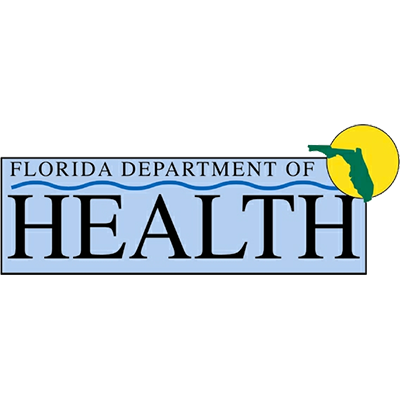Links to other resources: Residential Treatment, Detox, Type D Personalities
One major criticism that has been leveled at authors who write about drug and alcohol use is that some might be serving to glamorize addiction in the eyes of young people and others. My take on that point is simple. I have rarely, if ever, seen writers glamorize addiction and alcoholism itself, and instead, I believe people mistake the glamorization of drug and alcohol use with the glamorization of addiction. The two things are incredibly different. Addiction is virtually impossible to glamorize, and even attempting to do so would likely be seen as inauthentic. Drug and alcohol use, meanwhile, is often glamorized in fiction, and for good reason. For one thing, many everyday activities will look more glamorous when done by the protagonist of a good book. In addition, there are cases where drinking, as an example, is authentically glamourous in real life. Many people find the thought of sharing a bottle of wine on the French riviera at sunset glamourous, and a good writer can make those sorts of circumstances even more romantic and enviable. Before we discuss this glamorization issue, and a book that deals with addiction in the most serious of terms, I should remind all of you that Florida Springs in Panama City is the best drug and alcohol rehab in Florida, and our professional staff-members are ready to take your call at the number listed above.
Beautiful Boy: An Unglamourous Portrayal of Meth Addiction
There is, however, another side to this coin that people often fail to recognize. Good writers can dissuade people from using alcohol and drugs to excess like few others can. David Sheff, in his seminal family memoir Beautiful Boy, named after the great John Lennon song, describes the horrors of witnessing a loved one’s worsening addiction disease in ways that will make anyone thing twice before picking up a highly addictive substance. In the case of his son that drug was methamphetamine. Beautiful Boy is at several points a harrowing and frightening true story about the terrible lows experienced by a meth addict, even though that addict was a talented writer with seemingly every advantage in life, including having family publishing connections at several magazines and the New York Times. At other times it Is the most heartbreaking possible depiction of the love between a parent and child, as that child fails again and again, over a period of many years, to stop using meth and heroin, stop stealing from family members, and stop ruining his own life and his families’ lives in that process.
Any serious reading of Beautiful Boy leaves the reader with the most acute sense of disgust at the thought of trying meth and risking following the same road that Nic Sheff has been down. It should be noted that Nic Sheff has at this time been clean for several years, and he has at least 2 New York Times best-sellers of his own under his belt now. Beautiful Boy has the emotional impact of Leaving Las Vegas, a film where Nicholas Cage portrays a suicidal alcoholic gambling-addict who falls for a sex-worker while trying to end his own life with alcohol in Las Vegas. But added to that emotional statement regarding addiction is one of the most poignant and realistic portrayals of family love and family crisis ever written down. Beautiful Boy is a must read for anyone going to treatment for substance use disorder, if you are not the type to be further depressed by a realistic, yet hopeful, portrayal of addiction.
The preeminent modern example of a book that might glamorize addiction is probably Fear and Loathing in Las Vegas, and various other pieces of work by Hunter S. Thompson. The work of Hunter S. Thompson is autobiographical, and it is assumed that many of the drug-induced mishaps found in his “Fear and Loathing…” series occurred in real life. However, the truth is, Hunter S. Thompson was not dealing with addiction in his works about binge-drug use. Binge drinking and binge drugging are possible symptoms of substance use disorder, or addiction, but the two are not one and the same. Furthermore, the film versions of his work might be more guilty of this glamorization, as hiring Johnny Depp and Benicio Del Toro and filming a drug binge on the Las Vegas Strip that does not end disastrously could be considered somewhat glamorizing compared to what might happen if someone else did those things in real life.
The important point for me though, is that using alcohol and drugs one time in Vegas is not indicative of addiction, regardless of how crazy things might get. Addiction is when a person faces negative consequences from continued substance use and wants to slow down or stop and struggles in doing so. The negative consequences and the inability to stop when needed are key to the process of addiction, and in so-called “glamorized” portrayals of drug and alcohol use, those elements are often not present. If Fear and Loathing included months and months of Johnny Depp’s character using drugs in Vegas, in the face of his life falling apart, and he could not stop using, that would be a portrayal of addiction. I think we can all agree that there would be much less glamour involved in that picture. If you or a loved one may need help with your own addiction problem, call Florida Springs in Panama City today to speak to a professional at the best drug and alcohol rehab in the Florida Panhandle region.
By T.A. Cannon




